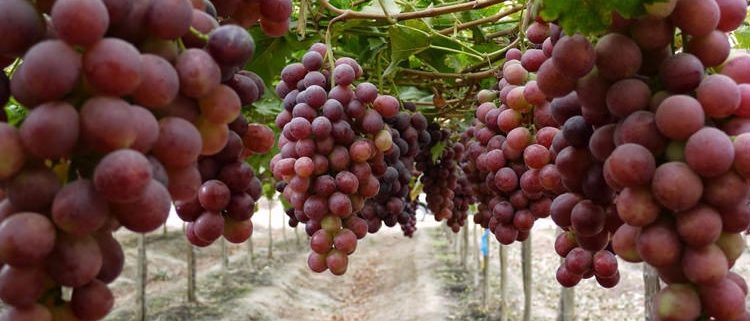China opens the door to new agri-food products
The signing of two new Protocols will allow the start of exports of table grapes and the expansion of pork products from Spain to the Asian country.
The visit to Spain that is being made in recent days by the President of the People’s Republic of China, Xi Jinping, has been accompanied by good news for the Spanish agri-food sector; mainly, for the pig sector and the table grape, after the signing of two marketing protocols that open the doors to export to the Asian giant.
On the one hand, the new pork protocol will allow to significantly expand the range of authorized products, such as fresh meat and cured products such as ham, shoulder, loin, sausage and sausage, as to date only China allowed meat and frozen offal to be exported to China, as well as boned ham. In this way, with this new agreement, access to products with greater added value is possible, such as ham with bone and other cured products, which opens up great possibilities for the meat industry. In addition, the new text with the sanitary and animal health requirements of pig exports from Spain will allow the export of refrigerated fresh meat, thus opting for a new market niche with high quality products and with greater product differentiation.
All this takes on an exceptional value if one takes into account that China is by far the largest market for pork products, consuming approximately 50 percent of the total produced worldwide, highlighting that pork represents two thirds of the total consumption of meats in the diet of Chinese consumers. This commercial opportunity in such a lucrative market has not gone unnoticed, in recent years, by Spanish companies, which have placed our country as the leading exporter of pork to China, and the fourth exporter of offal, with a total of 373 thousand tons worth 574 million euros.
Table grapes
The signing of the protocol for the export of table grapes also took place yesterday, an agreement that will allow the export of this fruit to the Chinese market. Until now, Spain could only export citrus by virtue of the Protocol signed in 2005, as well as peach and plum according to the Protocol signed in 2016. It should be noted that China does not admit to negotiating more than one fruit at a time, so the signing of a new agreement with only two years of difference is unusual given the complexity involved, since it requires the realization of an analysis of phytosanitary risks, as well as the necessary negotiation of mitigation measures to ensure a safe trade without risk of dissemination of pests . The market opportunity is undoubted. And although China is the world’s largest fruit producer, it is also the main consumer, and its imports come increasing year after year. Not in vain, in 2017 the Chinese country imported a total of 4,562 thousand tons of fruit worth 5,643 million euros, mostly from countries in the region of Southeast Asia.
However, the high demand for varied fruits and high quality makes China go increasingly to distant markets. In the specific case of table grapes, the Asian giant produces approximately 11 million tons annually, and in 2017 it imported 216 thousand tons worth 520 million euros. The forecast is that in the coming years imports will continue to increase, with special interest in high quality fruit, mainly without seeds and for new varieties that can make a difference with domestic production. And there Spain has a lot to say.
The Spain-China relationship: more than 2,000 years of commercial route
The commercial relationship between Spain and China is not, much less, new. In fact it has a long history, which began more than 2,000 years ago, with the old Silk Road on land, which linked the old capital of Changan with Tarragona. Centuries later, more than 400 years ago, both parties established frequent exchanges through the Maritime Silk Road, and already in 1973, the two countries established diplomatic relations. These relationships were consolidated in 2005, when a comprehensive strategic partnership was established and in which China-Spain relations entered a new stage of development, which brings us to the present.
By Juan Herrera.








